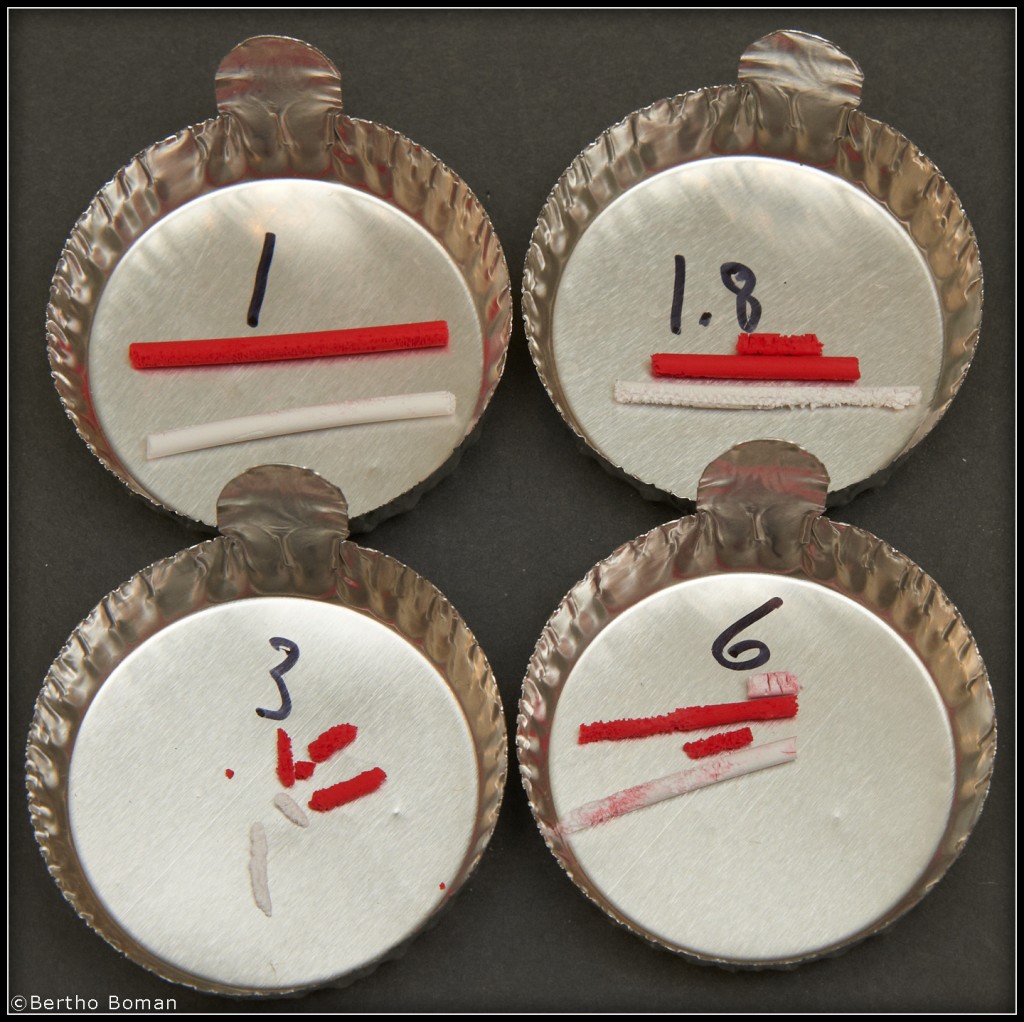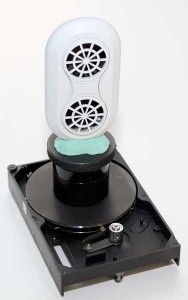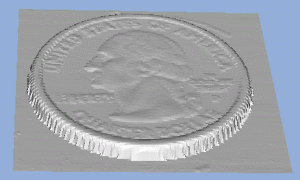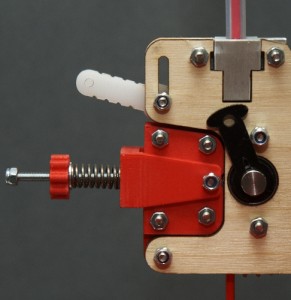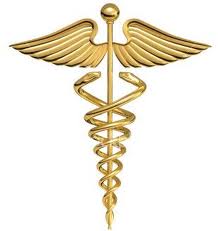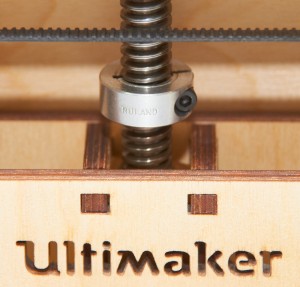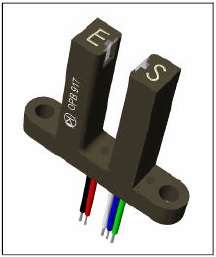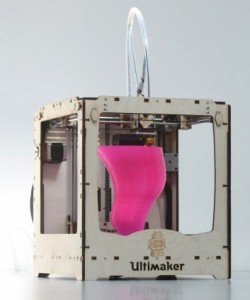PLA is a very common plastic used for 3D printing. I have been trying to find off-the-shelf products to dissolve PLA both for just cleaning it off hardware and for removing it if the PLA is used as support material.
My first goal is to find an easy way to remove PLA from nozzles, barrels and so on so they can be assembled cold without fighting with PLA residues. Please remember that we are considering two processes:
A: How to remove PLA from metal parts.
B: Dissolving PLA and leaving ABS untouched.
As for safety,should be reasonably safe when removing PLA by putting the small metal pieces in a glass jar with the chemical and cover with a lid and afterwards fishing out the pieces with tweezers or tongs .
When removing large amount of PLA support structures it will be much more critical to have a safe liquid since normally there will be relatively big objects to treat.
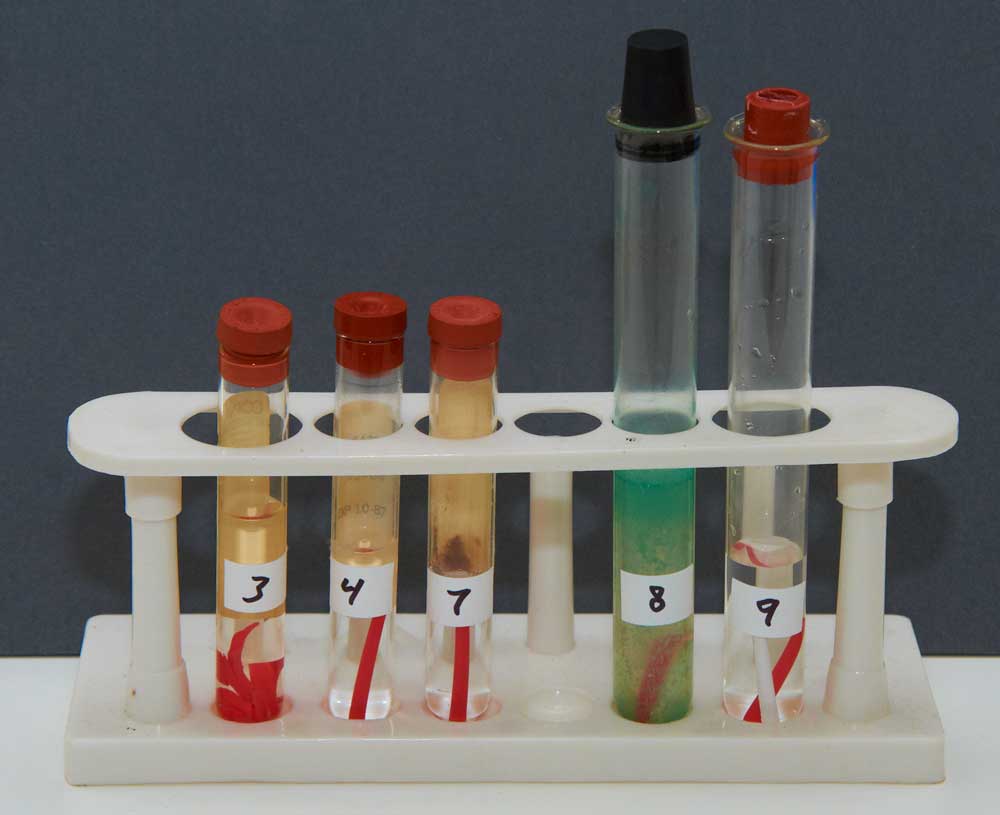 I tested: Continue reading →
I tested: Continue reading →

